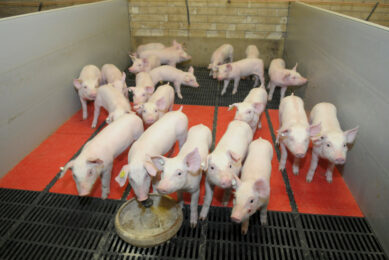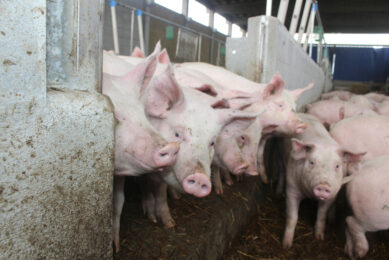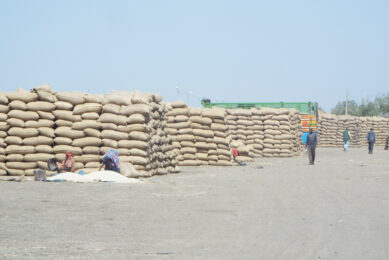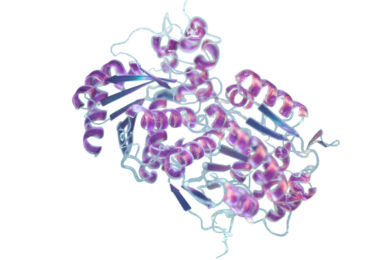Occurrence: Worldwide.
Age affected: All ages.
Causes: Water deprivation; high salt diet.
Effects: Tremor, prostration, convulsions, death.
Salt Poisoning
Salt poisoning mostly arises from depriving pigs of water. It can occur without water deprivation if the diet is high in salt from e.g. addition of salted fish, buttermilk or pickling brines. The syndrome may follow the ingestion of large amounts of salt on limited water supplies or occur after sudden unrestricted access to water after interruption by drought, low water pressure or freezing.
It is thought that dehydration of tissues and an increase in the sodium content of the brain occur. High sodium levels in the brain inhibit anaerobic glycolysis and acetyl chlorine esterase levels (tissue respiration) and appear to be responsible. Sudden rehydration may exacerbate the condition.
This condition is not transmissible and arises under the conditions described above.
Peracute salt poisoning occurs after the ingestion of massive amounts of salt and results in prostration, running movements, coma and death. Acute salt poisoning following restricted water intake is most common. Pruritis, thirst and constipation are followed 1-5 days later by blindness, lack of interest in food or drink and failure to respond to external stimuli. Affected pigs may bump into obstacles and may circle, pivoting on one foot. Head pressing may occur. Convulsions occur regularly (every 7 minutes).
Twitching of the snout is followed by contractions of the neck muscles, holding the head upright and by characteristic backing movements. Seizures last only a short time, but may end in rigidity and coma, mortality may be high, but is usually 5% or less. Clinical signs may also develop after water is given following withdrawal.
The history of water deprivation or salty diet is usually sufficient grounds for diagnosis, and the absence of fever distinguishes salt poisoning from infective causes of meningitis such as streptococcal meningitis but oedema disease (absence of high pitched squeal) or organic arsenical poisoning may resemble it. The condition may occur in any pig with chronic disease and inability to reach water.
Few gross changes are present in dead pigs. There may be congestion of the meninges and plasma sodium levels may be high. The microscopic changes confirm the presence of the disease, and consist of meningoencephalitis (inflammation of the brain) with oedema and eosinophil accumulations around the blood vessels. In later lesions, malacia (softening) occurs and cystic spaces are left. The presence of high plasma levels of creatinine phosphokinase (an enzyme) and sodium (more than 160 m. eq/l) may confirm. The absence of this level of sodium may only indicate that rehydration has occurred. Brain levels of sodium and chloride are not diagnostic. High salt levels in the stomach contents may also be suggestive.
Spontaneous recovery may occur. The feed should be replaced and water intake controlled by giving small amounts of water at first to unaffected pigs and gradually increasing the amounts. Convulsing animals should be allowed to recover naturally, as dosing can lead to inhalation pneumonia. Water should be offered and animals may be sprayed with water. Betamethasone (2 mg/kg) may assist recovery and animals should remain in the dark and be undisturbed for at least 24 hours. Control involves ensuring that pigs being placed in new pens can find the drinking water and checking that water is freely available, particularly in hot and cold weather. When salty rations such as whey and buttermilk are fed, water must be freely available.













